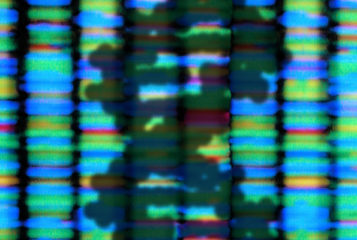Some of the faulty embryos currently ruled out for use in IVF can self-correct and lead to healthy pregnancies, research has revealed. The finding that embryos exhibiting chromosomal abnormalities are more viable than previously thought could change our approach to IVF and increase success rates.
Currently, some IVF clinics check embryos for chromosome number before transferring them into the mother's womb. This test, known as preimplantation genetic testing for aneuploidy (PGT-A), screens out so-called aneuploid embryos – those with an incorrect number of chromosomes. It is meant to help reduce the chances of miscarriage. Now US researchers have found that aneuploid embryos have an in-built ability to self-correct and the potential to develop into healthy babies.
Dr Ali Brivanlou, head of the laboratory of synthetic embryology at Rockefeller University, New York, said, 'This is going to revolutionise how IVF moves forward. This test is obsolete and should be replaced with more precise technology to assess in vitro-fertilised embryo quality'.
In the first set of tests, the scientists transferred embryos that had failed the PGT-A screen into women who had given their consent. When the women underwent genetic tests a few months later there were no longer any signs of aneuploidy. The rate of live births and miscarriages was also similar in women who had received embryos that had passed the screening, with an 18 percent pregnancy and 12 percent live birth rate at age 40.
Next, the team wanted to understand how the faulty embryos were still able to develop. Using human embryonic stem cells, they generated artificial human embryos in the lab and then studied how they developed.
They found that the proportion of aneuploid cells decreased as the embryos developed. They also found that aneuploid cells are removed from the part of the embryo that goes onto become the fetus. But interestingly, they saw that aneuploid cells remain in the outer layer of early embryos – the part that eventually becomes the placenta.
The scientists hope this finding will change practices in IVF clinics. Lead author Dr Norbert Gleicher, medical director at the Centre for Human Reproduction in New York, said, 'Thousands of good embryos are being discarded daily. We now have an opportunity to unlock the potential of this technology to help many more couples suffering from infertility.'






Leave a Reply
You must be logged in to post a comment.